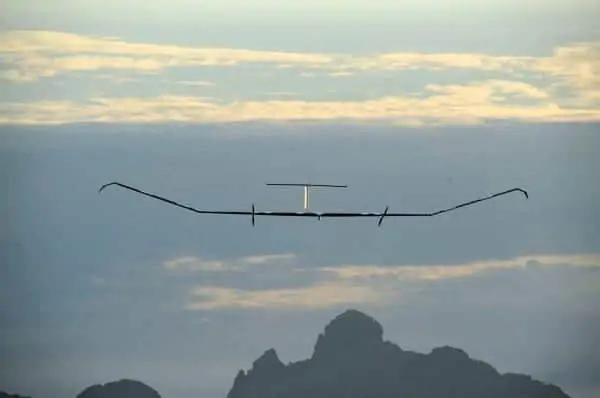
Osprey CSL has announced that it has been awarded a contract by Airbus to provide a safe separation assessment of the Zephyr-S unmanned aircraft.
Referred to as a High Altitude Pseudo Satellite (HAPS), Zephyr-S is the latest design in Airbus’ series of ultra-lightweight unmanned aircraft systems (UAS). Solar powered, it is capable of flying and operating up to twice the altitude of commercial aircraft and with mission endurance of greater than a month, it performs more like a satellite than a conventional UAS.
Osprey will develop the strategy for the safe airspace integration of Zephyr-S and contribute to the overall system safety case. This represents unique, significant and cutting edge challenges from an airspace and safety perspective. These challenges will be overcome to ensure that Zephyr-S can be inserted into international airspace, including that used by manned aviation, safely and effectively.
Richard Connelly, Director Strategy and Capability Development at Osprey said: “This is an exciting project for Osprey, and exactly what we enjoy doing. Zephyr launches in a similar way to powered aircraft, has the performance characteristics of a sailplane, can operate globally but endures like a satellite – as such it challenges many aspects of conventional aviation concepts and thinking. Imaginative and innovative approaches are required to address unique regulatory, safety and airspace challenges. Osprey’s extensive understanding of international Unmanned Aircraft Systems and Airspace regulations, combined with our award-winning approach to delivering innovative safety solutions, makes us an ideal partner to support Airbus in developing this incredible platform.”
Osprey’s solution will, where appropriate, align with the International Civil Aviation Organization (ICAO) guidelines for UAS and ensure that any airspace management arrangements, and the operational safety arguments that underpin them, meet the national and international aviation regulatory requirements and standards. Wherever possible, Osprey will ensure that conventional processes and procedures are utilised and complied with; where this is not possible a solution will be developed that at least meets the same level of safety to those met by current manned aviation.
The Airbus Zephyr-S is a record-breaking aircraft that will be capable of gathering constant, reliable information over vast geographical areas at a greater level of detail. It will fly at the edge of the earth’s atmosphere and provide a cost-effective alternative to use of satellites.


















